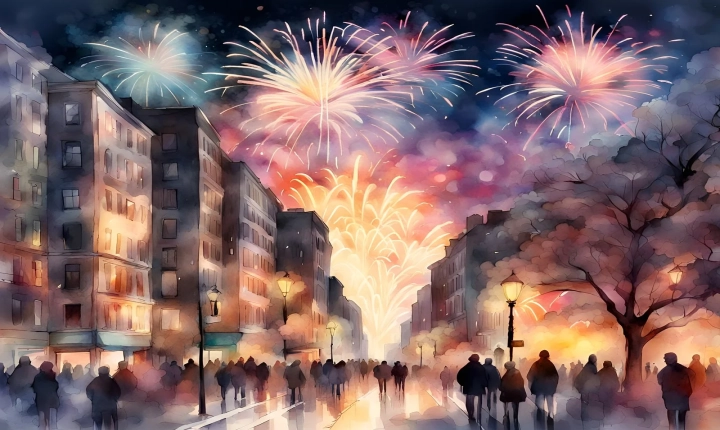Text to image AI is a cutting-edge technology that utilizes machine learning algorithms to generate realistic images based on textual descriptions. This innovative AI tool has numerous applications across various industries, including e-commerce, advertising, gaming, and creative design.
The text to image AI process often involves a deep learning model, such as a Generative Adversarial Network (GAN) or a Variational Autoencoder (VAE), which has been trained on a large dataset of images and their corresponding textual descriptions. The model learns to understand the relationship between the visual content and the textual input, enabling it to produce visually coherent and contextually relevant images from text prompts.
One of the key components of text to image AI is the generation of realistic and meaningful images from natural language descriptions. This is achieved through a process known as conditional image synthesis, where the AI model takes into account the semantic and syntactic information in the input text to produce images that align with the specified criteria. For example, if the input text describes a “red car parked in a city street,” the AI would generate an image representing a red car in a urban setting.
The AI model leverages its learned understanding of various visual features, such as shapes, colors, textures, and spatial relationships, to create images that accurately reflect the content of the input text. This involves complex calculations and adjustments to ensure that the generated images are not only visually appealing but also conceptually consistent with the textual descriptions.
Furthermore, text to image AI often incorporates techniques for style transfer and image refinement to enhance the quality and realism of the generated images. This may involve applying artistic filters, adjusting lighting and shadows, and refining details to produce images that closely resemble real-world scenes.
In practical terms, the applications of text to image AI are wide-ranging. For instance, in e-commerce, this technology can be used to automatically generate product images based on textual product descriptions, eliminating the need for costly and time-consuming photo shoots. In the field of advertising, text to image AI can assist in creating compelling visual content for marketing campaigns by transforming ad copy into captivating visuals. Additionally, in the realm of gaming and virtual environments, this technology can be employed to dynamically generate visual assets based on in-game events and narrative cues.
As with any AI technology, there are considerations and challenges associated with text to image AI, including ethical implications, potential biases in image generation, and the need for robust validation to ensure the accuracy and appropriateness of the generated images.
In conclusion, text to image AI is a remarkable advancement with the potential to revolutionize visual content creation. By harnessing the power of natural language processing and computer vision, this technology opens up new opportunities for generating high-quality, contextually relevant images from textual descriptions, thereby transforming the way we interact with visual media across diverse domains.
